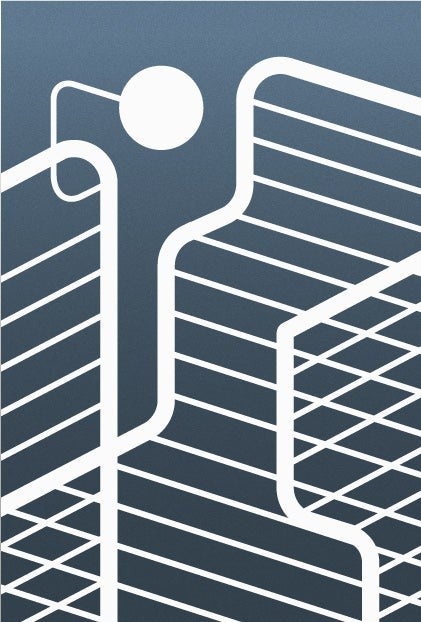FLO ET LES MAXIMUM

Florence Doléac | Maximum
The Jousse Entreprise gallery is pleased to announce its upcoming exhibition, Flo et les Maximum, showing the work of Florence Doléac and the Maximum collective.
In particular, the exhibition will be showing a series of new pieces: three jointly signed beds, produced together with the gallery. They are part of the project undertaken by the designers for a long time now. Florence Doléac’s work issues from meeting points. Between form and function, interior and exterior, the new and the used, the removed wit of titles and a concern with what lasts, we find the collective’s personal expression: its pieces deal as much with dreamlike and private appropriation as with an ethical line of thinking about the making of our most ordinary objects. She is also highly aware of the decline of industry in France. Over and above social dramas, job losses also mean the disappearance of a great deal of know-how. Her objects also call for the rekindling and adaptation of vanished techniques, as well as the invention of new ones. Manufacturing techniques like so many tools of a poetics. Let us also mention her generosity towards young generations of artists. Florence Doléac has always been especially attentive to her students (this is the case with the Maximum members, like Antoine Boudin and his bamboo boats, and Nathanaël Abeille and his solar reflectors), at times joining with them to create something in common (the term “community” often crops up in her work).
Based in Ivry, in an old factory (which indicates another point shared with Florence Doléac), the Maximum members base their work on the notion of “over-cycling” (surcyclage). While recycling destroys an object and just hangs on to the materials, over-cycling preserves existing objects to create new functions from them. Otherwise put, they create a virtuous method by reversing the usual design procedure. By saving as much as possible of the work that has permitted the manufacture of an object, they try to use its strength and, in this process, tame forms coming from elsewhere. Their method thus constructs an alternative waste cycle, under the twofold sign of inventiveness and economy. This approach also has to do with form and quality (especially that of gesture and material) as much as quantity: it is usually a matter of mass-producing objects which have themselves been made in this way.
The beds on view in the gallery come from “Vauban” barriers, used in public places to channel and “park” crowds. Their ordinary repressive use is diverted here for uses associated with pleasure and rest. If, given their ordinary use, they have quite a short shelf-life, these barriers are nevertheless solid. Through a series of technical shifts (folding, bending, welding), they have been turned into bed structures, before being flocked. The flocking of such pieces (which is to say the application of a sort of velvet on the surface) is also typical of this transfer activity, peculiar as much to Florence Doléac as to the Maximum collective, because it is normally reserved for small objects. The covers, made by Bilum, are made from scraps of hot-air balloon fabrics*, which provide a material that is at once light, airy, supple and strong, as well as the colour coding for the three beds; olive- green, royal blue and a red which conjures up things erotic. The beds are accompanied by ingenious props and result from the same over-cycling logic, things like bedside lights turned into candlesticks, a closet, and shelves… Because of the materials they are made with, these beds can be used both indoors and outdoors.
So they are part and parcel of Florence Doléac’s earlier works, like her “Dream beds”, which she devised to unite a Community of Dreamers, Maxidreams (stickers meant to augment the work will be handed out during the show). Other pieces will be shown, such as a series of mirrors, Palmito 2, made of recycled materials (carpet, bull-pack…) and Marchand de sable, kinds of brushes for zen drawings that you stick into black sand.
The exhibition thus builds a choral circuit between singular and plural and is inviting the Maximum collective to exhibit pieces in a gallery for the first time.
On the night of the opening, the catalogue Minute Papillon — produced with the support of Cnap Centre national des arts plastiques (National Centre for Visual Arts), France — will be presented in the gallery, before being involved in another presentation at the Ricard Foundation, on October, 29th at 7 pm.